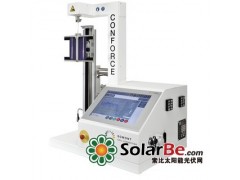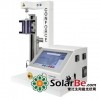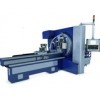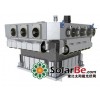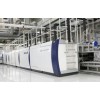Solar cells and their soldered connections are exposed to many different types of stress. The electrical as well as the mechancial demands on the connections are extremely high.Great demands are placed on the soldered contact between the ribbon and solar cell busbar, and not only during the production process but later when the module is put into use the contact experiences both thermal expansion and mechanical expansions.The mechanical reliability of the soldering joint is an
 Which are the advantages of the ConFORCE peel force tester?Flexible testing for 4", 5", 6" cells, 2 or 3BB, adhesion peel force angle 90° or 180°Remarkable accuracy (± 0,125 N, 500 data/s)Simple comparison of test test results, two test results can be displayed simultaneouslyIntuitive user interface, quick uptake (HMI function identical to Somont stringer and ConSOL soldering table)Simple data transfer for further analysis (CSV orPDF)Compact design/tabletop unit, fast installationFull PC integrationRobust construction, loadable to 25N
Which are the advantages of the ConFORCE peel force tester?Flexible testing for 4", 5", 6" cells, 2 or 3BB, adhesion peel force angle 90° or 180°Remarkable accuracy (± 0,125 N, 500 data/s)Simple comparison of test test results, two test results can be displayed simultaneouslyIntuitive user interface, quick uptake (HMI function identical to Somont stringer and ConSOL soldering table)Simple data transfer for further analysis (CSV orPDF)Compact design/tabletop unit, fast installationFull PC integrationRobust construction, loadable to 25N 手机版|
手机版|

 二维码|
二维码|

